Malta's new MUŻA, a Mediterranean and cosmopolitan museum. Interview with curator Sandro Debono
On December 15, 2018, the new MUŻA (MUŻew Nazzjonali tal-Arti), Malta’s National Museum (official website here), opened on the occasion of the Maltese capital Valletta’s year as European Capital of Culture. More than 20,000 exhibits, a museum that aims to connect the past and the present and also to renew the relationship between Maltese people and museums, posing as a tool for social cohesion and the development of the many cultural identities that make up the small Mediterranean island. Housed in the historic Auberge dItalie on Merchant Street, the MUŻA will tell the country’s past, present and even future. We caught up with the museum’s curator and project leader, Sandro Debono, to have him explain what MUŻA is all about. The interview is by Ilaria Baratta, editor-in-chief of Finestre sullArte.
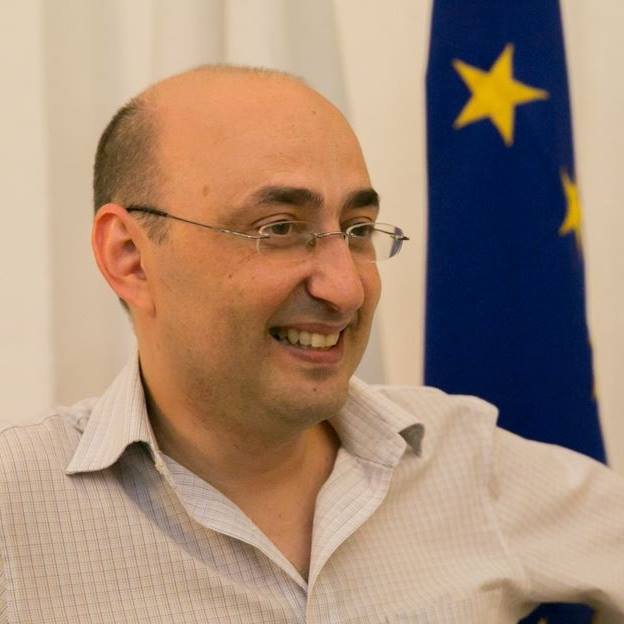 |
| Sandro Debono |
IB. Dr. Debono, the country is characterized by being made up of various cultural identities that are amalgamated into a nation defined as cosmopolitan: the same principle was the basis for the creation of the museum, which intends not to subdivide the collections by regions or territories, but rather to display the works present outside of strictly defined canons. What does the innovative exhibition route actually look like? Is it well understandable to visitors the slant you wished to give to the museum and their visit among the works?
SD. The MUŻA presents four stories that start from the Maltese territory but still relate to the various connections and links with the Mediterranean, Europe and a global system such as the British Empire. The fourth story is about the Maltese artist’s emancipation with the other three stories serving as a backdrop to the latter, from which we start. However, chronology remains the backbone of a museum narrative that presents stories and narratives, distinctly different from the traditional museum model.
To what extent did inaugurating the new MUŻA in the year of Valletta 2018 European Capital of Culture influence this? What relationship do Maltese people have with larte?
The MUŻA is the legacy project par excellence, which aspires to carry on the link of the Valletta 2018 Capital of Culture. We can say that there is an awareness toward larte that wasn’t there before and that thanks to the capital of culture, more people feel involved in Maltese cultural life.
The MUŻA said to be a museum in which meaningful community participation is promoted and where the public is placed at the center of attention, involving them to the fullest. How is the public involved within the museum?
It is designed as a national community museum in which the public has an important role to play. First of all it’s about a more comprehensive and engaging accessibility. MUŻA, as per the name chosen, is about the methodology that aspires to inspire. Be Inspired is lethos of MUŻA: it all starts with making the museum experience much more accessible to the nonexpert. It is also about weaving the museum experience that matches restaurant and cafeteria with the works on display, with programming that engages the public through co-created projects and other initiatives that will be launched in the coming months.
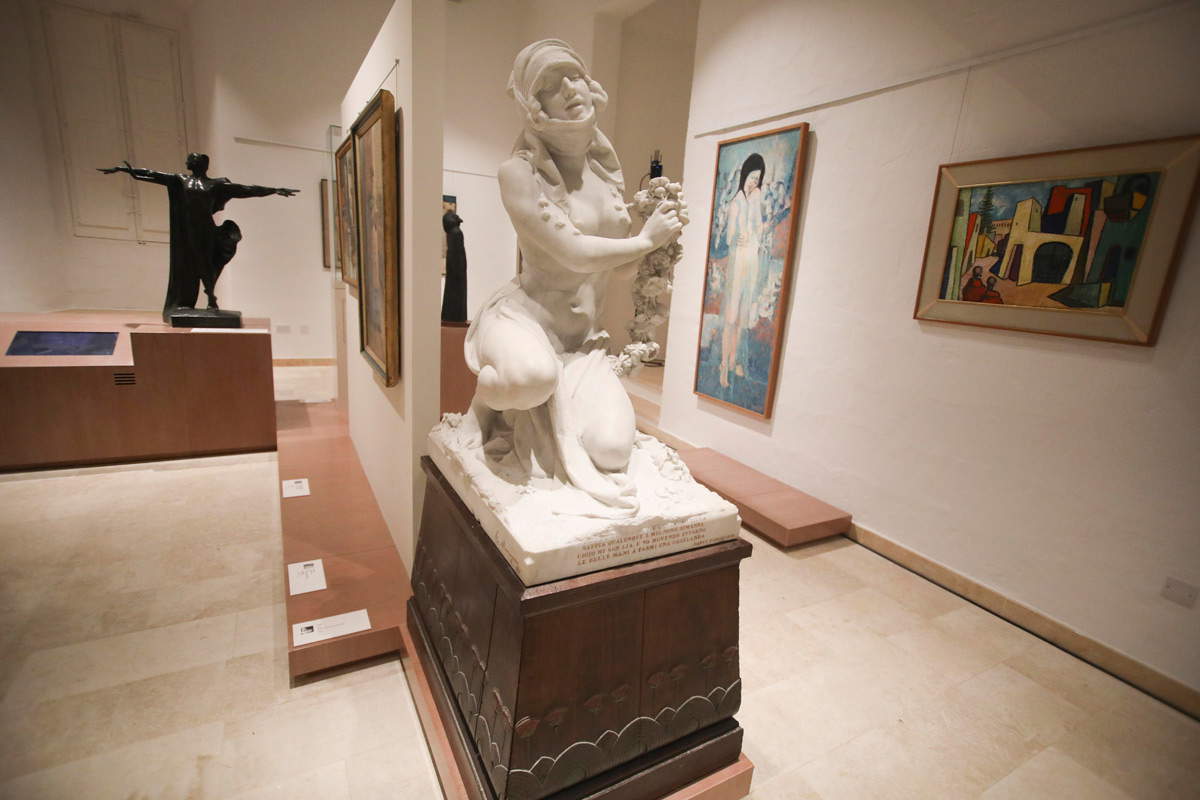 |
| Halls of the MUŻA in Valletta, Malta |
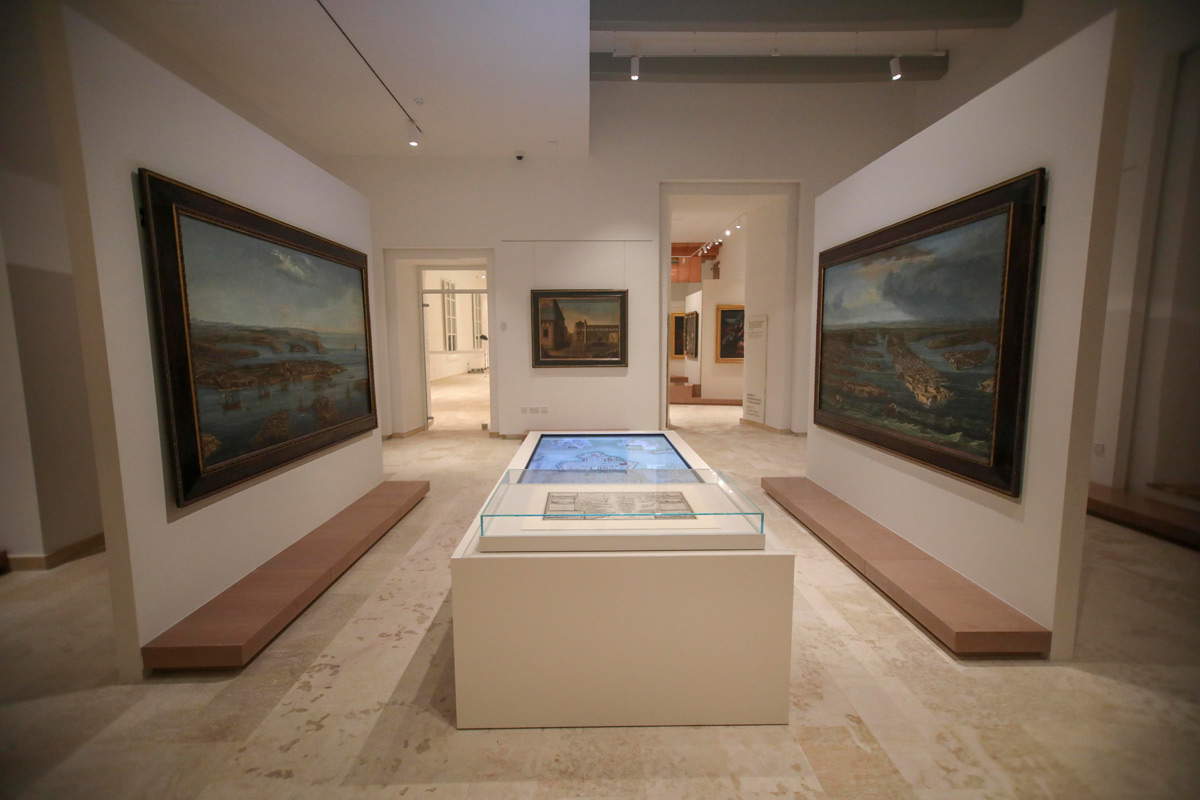 |
| Halls of the MUŻA in Valletta, Malta |
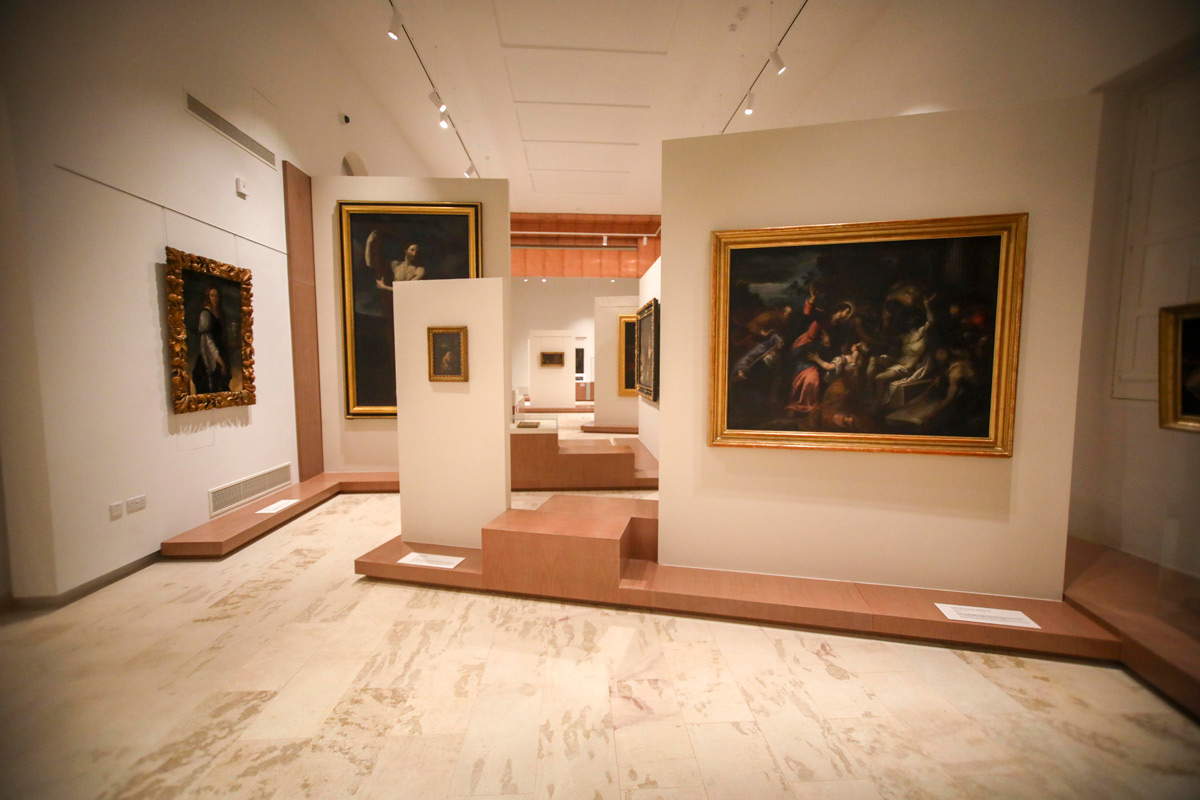 |
| Halls of the MUŻA in Valletta, Malta |
Among the works, do visitors recognize their Maltese identity? How is this perceived by foreign visitors?
Obviously, there are the works from the Maltese national collection that relate to both the history of the collection, which next year turns 100 years since its founding, and also the narrative that starts from the territory but still relates to the Mediterranean, Europe and also a global system such as the British Empire. These are the four stories, with the fourth, as a complement, about the Maltese artist’s emancipation.
The desire to link the museum to Maltese culture, as well as through the collections on display, is underscored by the location of the exhibition venue. In fact, the new MUŻA is located in the historic Auberge d’Italie on Merchants Street, a former shelter of the Knights of St. John of Italian origin, formerly the headquarters of the Malta Tourism Authority. How important do you think the museum’s location in that building is? What does it represent for the history of the city?
LAlbergo d’Italia was the historic home of the first scientific museum in Malta, which was called the Valletta Museum. The fine arts collection was born in this very Valletta Museum. In that sense, site and museum have a common history that MUŻA has reevaluated in the context of 21st century museology. It would also be worth adding that MUŻA is a zero carbon footprint museum, thus an eco-friendly museum that generates its energy needs through photovoltaic panels and savings starting with the LED lighting system.
Going back to the previous question, what is the relationship with Italian art history and culture?In what proportion is the museum visited by Italians?
The history of art in Malta is inherently the history of Italian art, especially up to the period of World War II. The seventeenth century was being reevaluated by Roberto Longhi and other Italian scholars at the same time as the genesis of the fine arts collection, and the same scholars, Longhi included, were being consulted for various purchases. The connection is strong, and extraordinary.
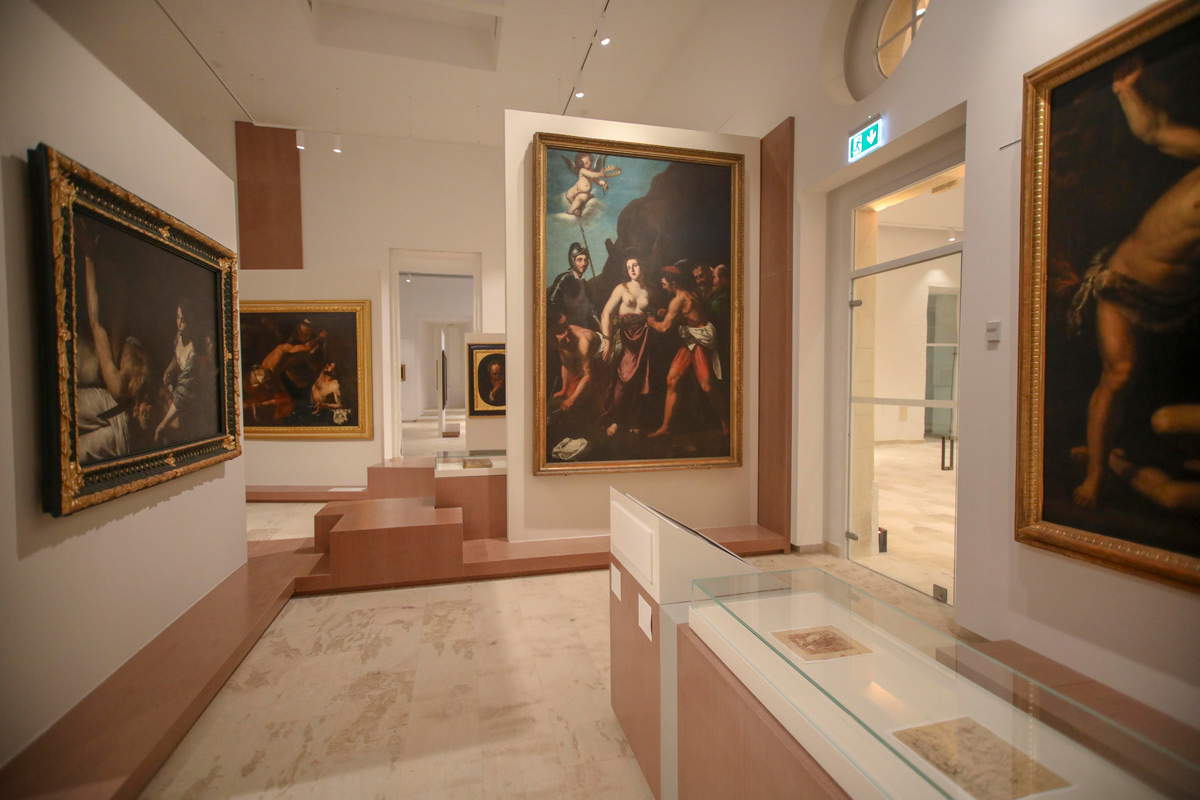 |
| Halls of the MUŻA in Valletta, Malta |
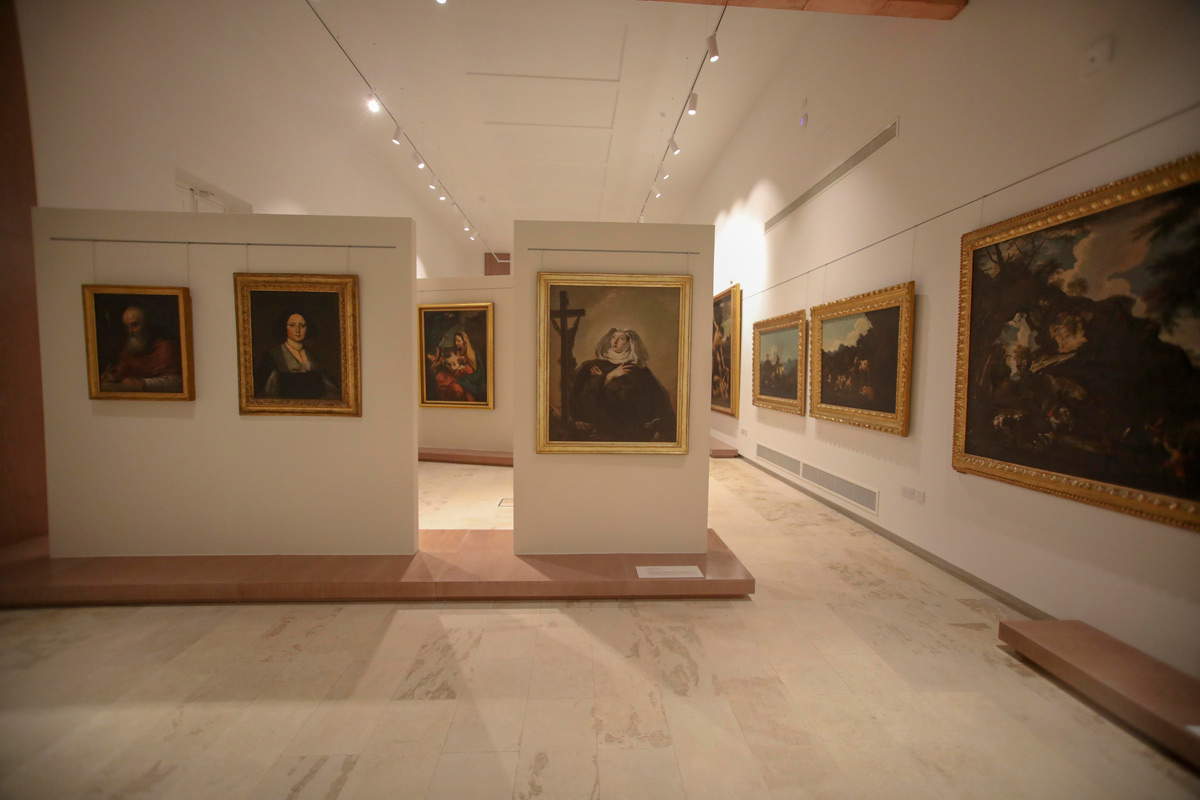 |
| Halls of the MUŻA in Valletta, Malta |
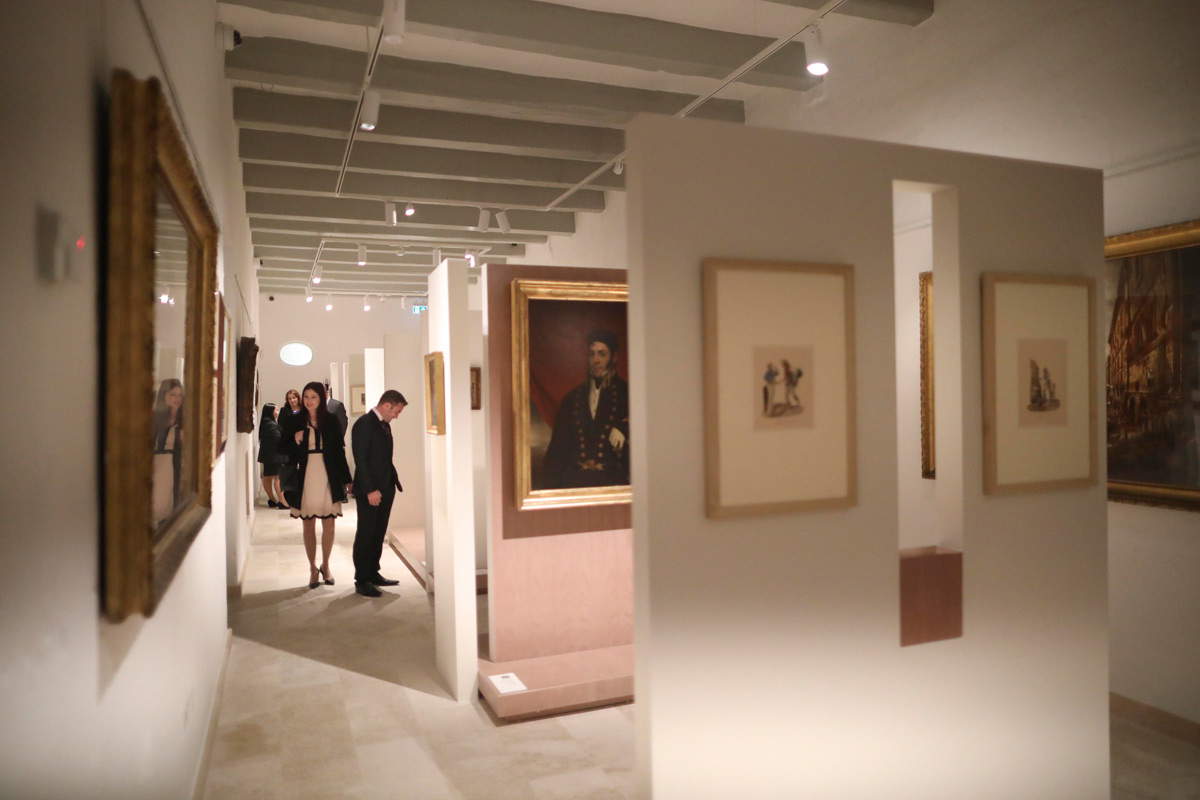 |
| Halls of the MUŻA in Valletta, Malta |
It has been stated that the MUŻA represents the perfect symbol of connection between the past and the future. Could you explain this statement in concrete terms? Within what period are the museum’s collections included?
We usually speak of the museum institution as concerning the historical past. Although the MUŻA’s collection is nevertheless a historical collection that has grown over time and concerns works by contemporary artists, especially Maltese, the museum narrative aims to enhance the work by seeking continuity between the historical work and contemporary artistic production. It is also about understanding the meaning of the historical work in the context of everyday life and contemporary societies.
Among the many works in the museum, including paintings and sculptures, could you name some of the most significant ones?Is more emphasis given to painting or sculpture?
More emphasis is given to painting, particularly with works by Mattia Preti, Guido Reni, Valentin de Boulogne and other prominent names, including works by British artist Victor Pasmore who also lived in Malta.
Are multimedia tools also present? How important, in your opinion, is multimedia in a museum to engage the public and deepen their understanding of the works on display?
The MUŻA’s various audiovisuals and interactive panels are not an end in themselves but relate to the greater understanding of the work. They are specially designed trying to create that harmonious coexistence between historical work and interactive panel. There are, for example, techniques of art making with specimens produced by Maltese artists and artisans, experiences from the itineraries of travelers such as Sir Walter Scott coming to visit Malta, and the understanding of heraldry as a visual language that has been lost to time and can be safely discovered around the streets of Valletta.
Do you have any plans to host temporary exhibitions? Could you anticipate, if possible, future plans or initiatives for the museum?
Certainly. We will be launching a busy cultural program in the coming weeks with initiatives involving a lecture series, educational activities and exhibitions. I can only anticipate that the link with Italy and collaborations with some of the most important museums in Italy will be very much in place.
Warning: the translation into English of the original Italian article was created using automatic tools. We undertake to review all articles, but we do not guarantee the total absence of inaccuracies in the translation due to the program. You can find the original by clicking on the ITA button. If you find any mistake,please contact us.





























